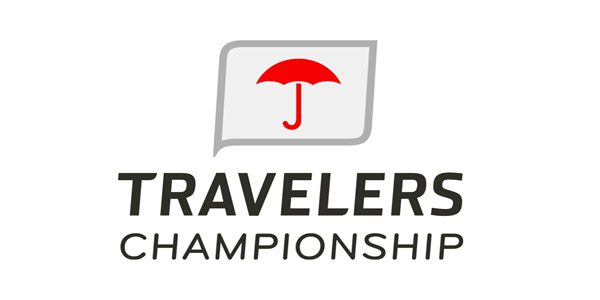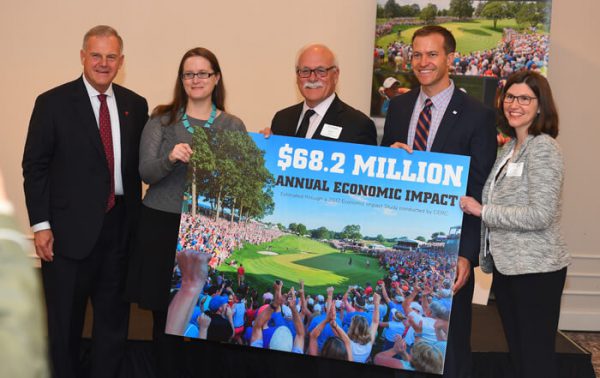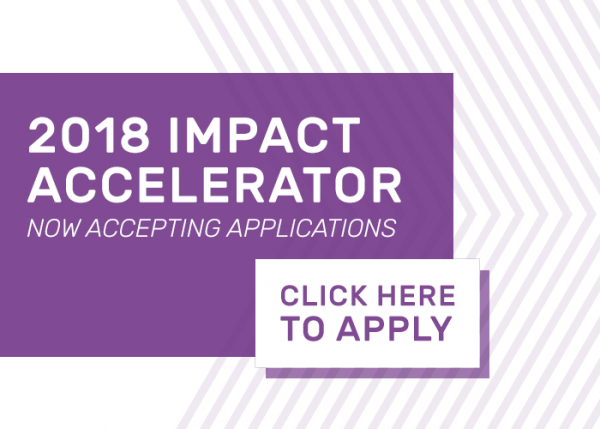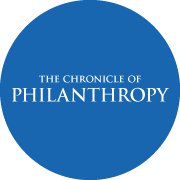Senior Deaths from Falls Climbs Nationally, in Connecticut, During Past Decade
/Fatal falls among senior citizens are on the rise in Connecticut and across the United States, according to a new government report. The overall rate of older adult deaths from falls increased 31 percent from 2007 to 2016, according to the Centers for Disease Control and Prevention (CDC).
In 2016, a total of 29,668 Americans ages 65 and older died as a result of a fall - that is 61.6 out of every 100,000 senior citizens that year. A decade earlier, in 2007, there were 47 fall-related deaths for every 100,000 senior citizens. Connecticut’s rate was the 17th lowest in the nation among the 50 states and District of Columbia. The only New England  state with a lower rate was Massachusetts.
state with a lower rate was Massachusetts. 
In Connecticut, the number of deaths of persons age 65 or older attributable to falls increased from 243 in 2007 to 357 in 2016. The death rates from falls ranged from 24.4 per 100,000 in Alabama to 142.7 per 100,000 in Wisconsin. Connecticut’s rate was 56.9 per 100,000 in 2016, an increase from 44.9 per 100,000 in 2007.
Falls are the leading cause of injury-related deaths among people who are at least 65 years old, according to the report. Deaths from unintentional injuries are the seventh-leading cause of death among older adults, and falls account for the largest percentage of those deaths, the CDC said. The CDC has previously noted that less than half tell their doctor that they have fallen, and that falling once doubles your chances of falling again.
The rate of deaths from falls increased in the United States by an average of 3.0% per year during 2007–2016, and the rate increased in 30 states and the District of Columbia (DC) during that period.
The largest AAPC in mortality rates from falls (11.0% per year) occurred in Maine, followed by Oklahoma (10.9%) and West Virginia (7.8%). A significant increase in the rate from 2007 to 2016 occurred in 30 states, including Connecticut. There was no significant change in fall mortality rates in 11 states.
 Once every 19 minutes, a senior citizen in America dies as a result of injuries sustained during a fall. The older Americans became, the greater their risk of dying from a fall. In 2016, there were 15.6 fatal falls for every 100,000 Americans between the ages of 65 and 74. Among adults ages 75 to 84, there were 61.4 such deaths per 100,000 people. And for those ages 85 and up, there were 247.9 fatal falls per 100,000 people.
Once every 19 minutes, a senior citizen in America dies as a result of injuries sustained during a fall. The older Americans became, the greater their risk of dying from a fall. In 2016, there were 15.6 fatal falls for every 100,000 Americans between the ages of 65 and 74. Among adults ages 75 to 84, there were 61.4 such deaths per 100,000 people. And for those ages 85 and up, there were 247.9 fatal falls per 100,000 people.
The data was included in the CDC’s Morbidity and Mortality Weekly Report, published last week. To reduce older adult falls, CDC created the Stopping Elderly Accidents, Deaths, and Injuries (STEADI) initiative to help clinicians make fall prevention part of their clinical practice. The CDC notes that more than 10,000 people in the U.S. turn 65 every day.
“As a result, the country will experience a growth in falls and fall injuries, resulting in a cost increase if preventive actions are not taken now,” the agency has pointed out.


 More than 250 attendees will include consultants, coaches, funders, academics, and executives from across the country. The conference intends to “convene the diverse perspectives that shape and advance our field.”
More than 250 attendees will include consultants, coaches, funders, academics, and executives from across the country. The conference intends to “convene the diverse perspectives that shape and advance our field.”


 CERC first conducted an impact analysis of the tournament in 2011, and completed another impact analysis for the Travelers Championship in 2017. The results were compared, to look at the changes over time and factors that may have influenced changes in the tournament’s economic effects.
CERC first conducted an impact analysis of the tournament in 2011, and completed another impact analysis for the Travelers Championship in 2017. The results were compared, to look at the changes over time and factors that may have influenced changes in the tournament’s economic effects. With record attendance, sales and fan engagement, the 2017 Travelers Championship raised the bar across the board through a strategic approach that focused on providing a first-class experience for fans, players, sponsors, volunteers and charity, officials pointed out. This marks the first time that the Travelers Championship has been recognized as “Tournament of the Year.”
With record attendance, sales and fan engagement, the 2017 Travelers Championship raised the bar across the board through a strategic approach that focused on providing a first-class experience for fans, players, sponsors, volunteers and charity, officials pointed out. This marks the first time that the Travelers Championship has been recognized as “Tournament of the Year.”






 In Connecticut, individuals earning more than $200,000 gave 66.4 percent of all Connecticut giving, down 1.7 percent from 2012, according to the Chronicle analysis. The portion of all givers in this income bracket in Connecticut down 0.2 percent while the giving per itemizer is down 20.6 percent. In looking at the state’s major metropolitan areas, greater Bridgeport, Hartford, and New Haven, the analysis round that giving rates for taxpayers at four income levels fell below the average for the size group in each of the metropolitan areas.
In Connecticut, individuals earning more than $200,000 gave 66.4 percent of all Connecticut giving, down 1.7 percent from 2012, according to the Chronicle analysis. The portion of all givers in this income bracket in Connecticut down 0.2 percent while the giving per itemizer is down 20.6 percent. In looking at the state’s major metropolitan areas, greater Bridgeport, Hartford, and New Haven, the analysis round that giving rates for taxpayers at four income levels fell below the average for the size group in each of the metropolitan areas.
 onicle used 2015 Internal Revenue Service data on individuals who earn $50,000 or more annually and who itemize charitable deductions on their income-tax returns to create a snapshot of giving in every county and metropolitan area in the country. Only donations of taxpayers who took a deduction are included, the publication noted. The key measure, according to the Chronicle, is the giving ratio: the total of a locality’s charitable contributions as a share of its total adjusted gross income.
onicle used 2015 Internal Revenue Service data on individuals who earn $50,000 or more annually and who itemize charitable deductions on their income-tax returns to create a snapshot of giving in every county and metropolitan area in the country. Only donations of taxpayers who took a deduction are included, the publication noted. The key measure, according to the Chronicle, is the giving ratio: the total of a locality’s charitable contributions as a share of its total adjusted gross income.





























